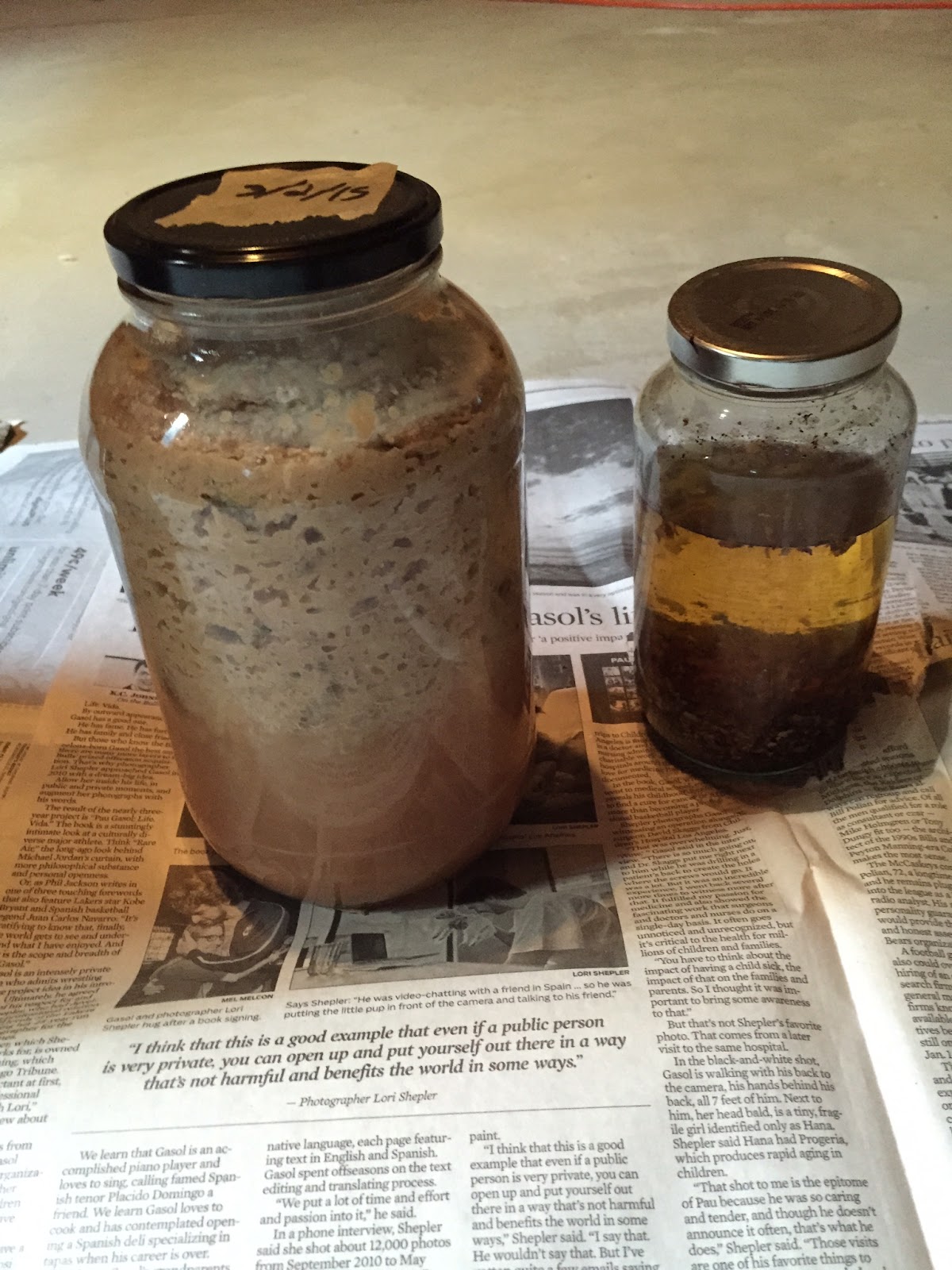The Montmorency was the last graft to bloom, but overall, I thought the blooms were more attractive and longer lasting than the ornamental cherry we have (see below).
Now, the cherry tree has started to fruit. Even though I know that usually you are supposed to remove the fruit until year 3-4, I'm considering keeping at least some of the cherries, if nothing else than for checking for taste. The photo below shows some of the tiny bing cherries starting to form. The leaves are also looking nice and lush.
The nannyberry tree is doing very well; it's already had about 5.5 inches of growth. It didn't flower
this spring, but hopefully it will next year. (I hope it doesn't need another to cross pollinate...)
I took advantage of the Morton Arboretum's annual plant sale and purchased a Persian ironwood, baby Joe Pye Weed, and 2 ruby slipper hydrangeas. Both the Persian ironwood and hydrangeas are supposed to be have beautiful fall foliage, especially the Persian ironwood--I've seen photos online of it showing yellow, red, and orange all at the same time.
Persian Ironwood
During that same Arbor Day weekend, I picked up 2 New Jersey Tea leaf shrubs, and an iron weed and regular now pye for the for the rain garden. /div>












